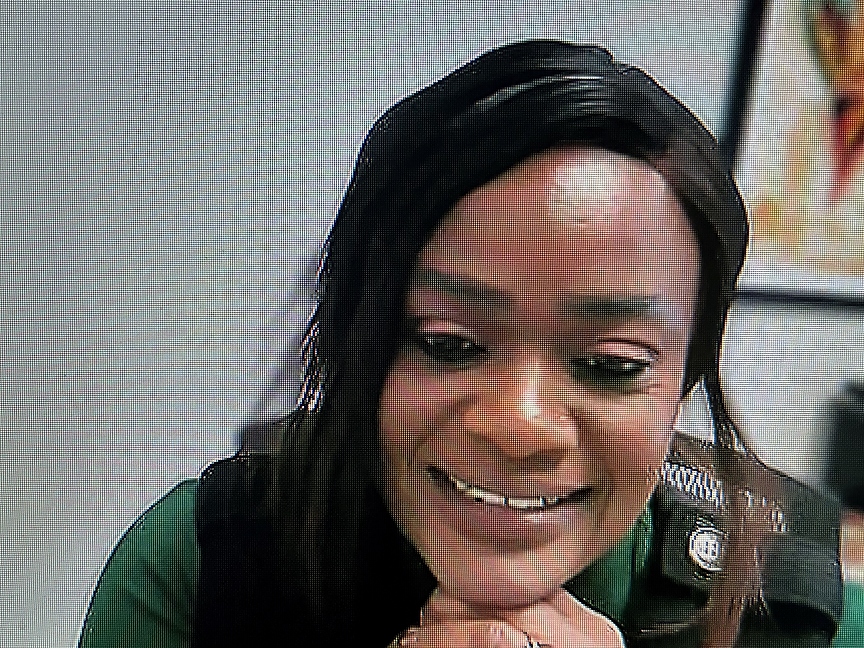
An Alberta Health Services (AHS) pilot project started this week in Beaverlodge is meant to ensure emergency services remain open by having physicians connect with patients by telephone or videoconference.
The Virtual Emergency Physician pilot project started on Monday and will also be operated in Elk Point, Hinton and Lac La Biche.
“Some people have asked me, ‘Why would you want someone to assess someone in an emergency room virtually,’ but the alternative that we have right now is that the place is shut,” said Dr. Jane Ojedokun, AHS North Zone Medical director.
“This is not a replacement for having a physician in the community,” she said.
“Our primary goal in all the sites that are in this pilot is to ensure that we have physicians on the ground.”

AHS shared details on the project in a virtual information session Jan. 16.
“In the past couple of years, recruitment has become a big challenge, and with that, every single night, we almost have a disruption in most of our emergencies,” said Ojedokun.
Emergency department (ED) closures in the North Zone, including the Beaverlodge Municipal Hospital, happen when no physician is available to cover the shift.
Ojedokun says the pilot is “not a perfect solution” but will be safer than closing an ED in a rural area.
The EDs will be equipped with computer tablets so that patients can see their physician when they speak to them, even if their physician is in another Alberta town hundreds of kilometres away.
Ojedokun says the pilot is using physicians who have previously covered shifts in the communities they are covering.
“I want someone familiar with the communities, familiar with the resources that are available in these communities; probably a couple of the people that I have recruited to work in this program right now are people that have actually done some shifts in the pilot communities,” she said.
The physicians on the other side of the screen may even have met the nurses, staff, and resources at the hospital they are serving.
Ojedokun said the physician can write prescriptions and send them to the patient's pharmacy, admit and discharge patients, and do the full scope of practice virtually from afar.
Still, the virtual model is “the last option for any site,” she said.
“We're encouraging our sites to give us their schedules ahead of time so that we can plan appropriately.
“Beaverlodge had quite a few disruptions for January, but our local program has been able to fill every single shift right now with a locum, so we're still looking at locums, looking at nurse practitioners, where we can find to cover the emergencies in person, so the virtual option will be the last option for any site and disruption.”
About four physicians from Grande Prairie will take part in the pilot.
Ojedokun said physicians from Fort McMurray are also helping because they understand that when a rural facility closes, it increases the load on another facility.
The compensation “is not great”, said Ojedokun, noting that many physicians are signing up because they realize the issue is much larger.
“The people covering the shifts in January are people that I've spoken to individually, and I've pretty much begged them to take the shifts.”
She said the hope is that if the pilot is proven successful, additional help will come from the province - not to be a permanent fixture but a tool when needed.
Other alternatives to a virtual physician are being taken, such as locum physicians and nurse practitioners, said Ojedokun, adding that the pool of those workers is hard to access.
She said the North Zone currently has a task force working on encouraging more nurse practitioners to work in EDs.
Recruitment is essential and remains a challenge for rural areas.
“Rural emergency work is very hard,” said Ojedokun, noting that young physicians burn out within about two years in a rural setting without the proper support.
Ojedokun hopes the project will help reduce the burnout rate among physicians and nurses.
“We were hearing from our nurses that being left to man an emergency without a physician on site is pretty distressing.”
The North Zone has recently had some successes with physician recruitment.
Fairview had the most disruptions when work began on the pilot project but has since been able to fill the site's complement of physicians, said Ojedokun.
In Beaverlodge, she said the physician complement is stabilizing. This month, when they thought it would need a virtual physician, they will have physicians on site instead.
Although having a virtual physician in the ED is new for AHS North Zone, similar projects are underway in B.C., Nova Scotia, Newfoundland, and Saskatchewan.
“It's been shown to be safe, reliable and very effective,” said Ojedokun.
The model has been tried and tested in other jurisdictions and the focus should be on scaling it “but we're starting small to just study it for our own jurisdiction.”
Beaverlodge town Coun. Judy Kokotilo-Bekkerus spoke at the information session, saying she was happy with the project that means locals could see a physician without needing to travel to Grande Prairie.